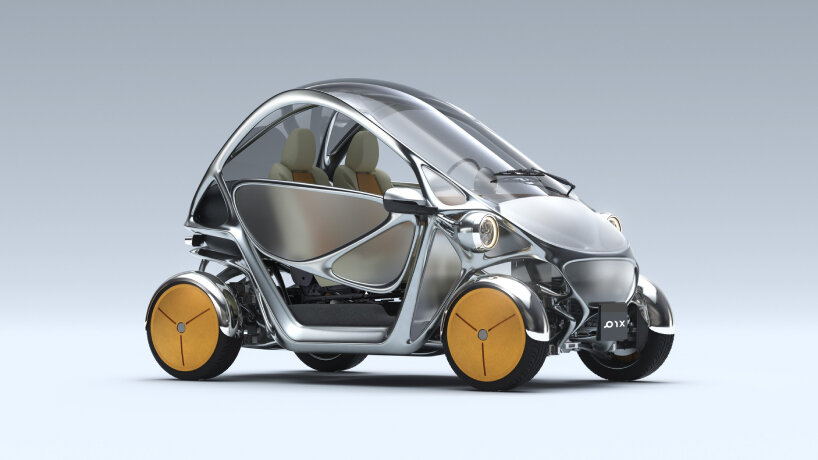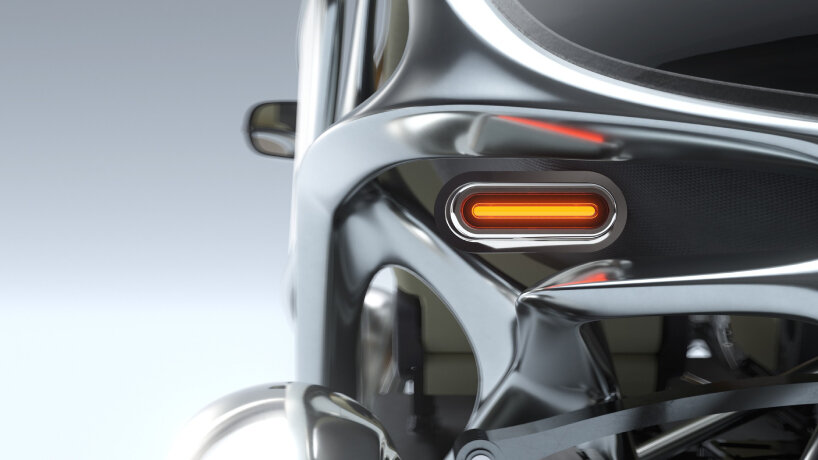PIX Moving Team introduces Robo-EV, its 3D printed micro metal car with modular design and an AI system that can read the driver’s mood and tone and can offer them emotional support if necessary. There’s not much detail yet on how it works, but the technology team says that they use a large language model to enable the emotional interaction between the AI and the driver. This takes place using the micro metal car’s voice system that doubles as the personal assistant. It means that the voice can converse with the driver to help them with what they need, even emotionally.
Out of the AI voice system, Robo-EV has a modular design, so the owner can configure the micro metal car however they want it to be. They can turn it into a delivery or cargo vehicle, and the team says it might not be an issue and that the electric car can also be redesigned for public transport and ridesharing. A feature that may be striking enough for the owners can be the open-air setting of the car, backed by the use of 3D printed metal parts all over the frame and interiors. It might look skeletal, but the glistening surface adds to the futuristic aesthetic of the micro car, letting the driver’s enjoy cool and warm driving days with some outside air.

all images courtesy of PIX Moving Team
micro car ‘robo-EV’ emerges from 3D printed metal
PIX Moving Team manages to produce a prototype of Robo-EV by 3D printing the micro car from metal. This means there are no different parts that need to be assembled because the vehicle comes out of the printer as it is. The components of the Robo-EV are single and cohesive since the company hopes this can reduce ‘potential failure points and enhance its structural integrity.’
The technology team uses real-time manufacturing processes, which can help remove the need for hard molds. It cuts the path to more complex component designs, easier customization, and more personalized options for both the company and the owners. The suspension of Robo-EB uses basalt composite materials to help the micro metal car be lightweight while being robust.

the wheel arches are 3D printed metal, and the doors’ design may refer to the fluid style in architecture
‘fluid architecture’ style for the doors’ design
Robo-EV comes with regenerative braking that can recharge the batteries as the drivers cruise as well as extend the vehicle’s range and reduce the overall energy consumption. PIX Moving Team also adds composite leaf springs for a number of reasons, including weight and carbon emission reduction, corrosion resistance, and improved vibration absorption during driving.
There are two chairs for the users in the cabin, and the dome-like roof can accommodate their varying heights. Even the wheel arches are 3D printed metal, and the doors’ design may refer to the fluid style in architecture. On November 4th, 2024, PIX Moving Team tests Robo-EV on the road, and announcements on the results are yet to be shared by the technology team.

detailed view of Robo-EV’s rear

rounded front headlamps for the micro metal car

detailed view of the wheel

prototype of Robo-EV

the doors open upwards
